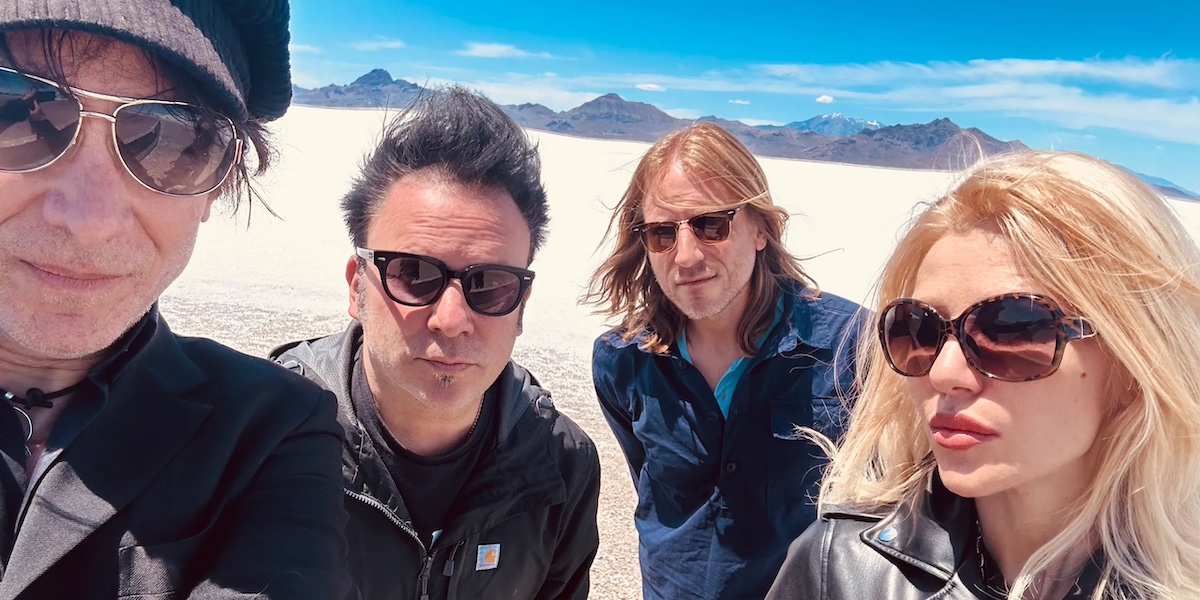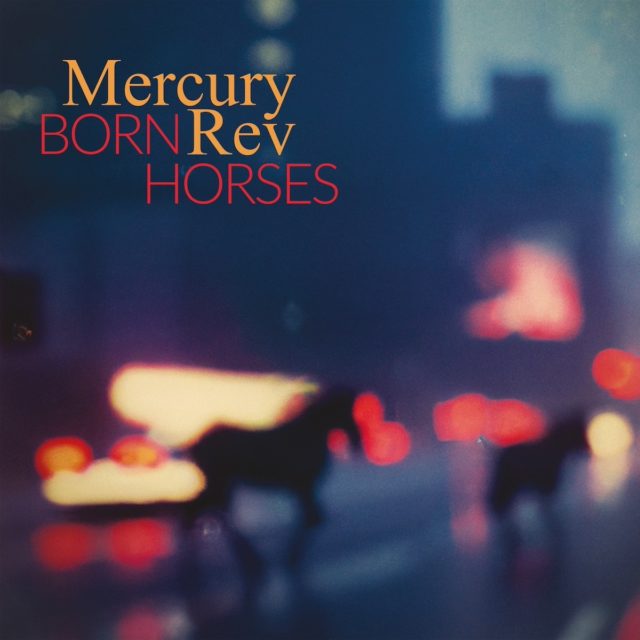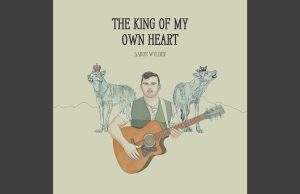THE EDITED PRESS RELEASE: “In upstate New York, deep in the seam between the Catskill Mountains and the Hudson Valley, a richly swelling, spellbound sound emerges, eddying and flowing like the local Esopus Creek, or in the slipstream of the grander Hudson River, carrying the flotsam and jetsam of our hopes, dreams, and fears. A sound composed of organic and electronic; guitars, keys, brass, strings, woodwind, drums — and a voice of incantations, tapping streams of consciousness that similarly eddy and flow.
Spiritually, literally, psycho-geographically: Where else does Mercury Rev’s ninth album Born Horses spring from? This cascade of gleaming, glistening psych-jazz-folk-baroque-ambient quest that searches its soul but can never truly know the answer? A sound and vision begun with skeletal chords and surges of self-reflection, alive to the notions and motions of time and reality somehow both linked to their exalted past whilst quite unlike anything they have created before?’’
Says multi-instrumentalist and co-founder Grasshopper: “When Jonathan (Donahue, the band’s singer-guitarist) and I first met, one thing we bonded over was Blade Runner — both Ridley Scott’s film and Vangelis’s soundtrack — that feel of the past and the future, the haunting noir mood and the romance of the future… Born Horses taps into some of that. Looking back to childhood, to Broadway tunes, to lonesome blues, Chet Baker, Miles Davis’s Sketches Of Spain, records that our parents listened to, but we put a twist into the future. From the beginning, Mercury Rev were on a cusp, between analogue and digital, hi-fi and lo-fi at the same time. It was like Brecht or Weill, the words suggesting visuals, and the visuals suggesting moods. We also thought a lot about the desert on this record, and the urban desert.”

The album title, borrowed from the majestically rippling sixth track, was chosen because its words resonate through the entire record, encompassing the idea of flight (“I dreamed we were born horses waiting for wings”) and the phrase “You and I” that appears at different junctures on the album. This is not the concept of two separate people, but two parts of oneself. Says Donahue: “When I opened my voice to sing on this record, this was the bird that sang: A lower, whiskery voice, which surprised me as much as it may others. I don’t know where the bird came from, but it’s there now, and I don’t question it. It’s just the bird that wants to sing.”
Born Horses opens with Mood Swings. A trumpet, evoking bohemian mariachi and the windswept terrain of the desert prairie, opens up to a dynamic panorama of sound, wandering through and enveloping Jonathan’s intimate recitation, conflating memories and confessions of feelings trapped and unwrapped: “My mood swings come and go as they like / rebellious fickle teenagers, unable to decide.” It establishes Born Horses’ tone of vulnerability and awe, and a little frisson of fear, testifying to the frailty of human experience, buffeted by the currents all around us. The flightiness of feelings is further explored by the metaphor of a bird, most clearly in Bird Of No Address and the album’s pulsating finale There Has Always Been A Bird In Me.
More inspiration was provided by the spirits of the art minimalist Tony Conrad and beat poet Robert Creeley, acolytes of progressive thought and action who both taught at the university in Buffalo, the city where the band was formed. Amongst other credentials, Conrad was a member of LaMonte Young’s Dream Syndicate along with John Cale and a close friend to The Velvet Underground. Creeley was one of the most important and influential American poets of the 20th century as well as an associate of Jack Kerouac, Allen Ginsberg and the Black Mountain poets.
Says Donahue: “Since our beginning in the mid-’80s with David Baker, through the recording of Born Horses with new permanent members, Woodstock native (pianist) Jesse Chandler and Austrian-born (keyboardist) Marion Genser, we’ve celebrated this unspoken trust in the ‘statue already inside the marble’. We didn’t make Born Horses by throwing clay on top of clay; we allowed time to reveal what was always there.”








































